You wouldn’t think of building a house or other structure without a blueprint, so why would you architect anything less when building lives and organizational culture?
“If one advances confidently in the direction of his dreams, and endeavors to live the life which he has imagined, he will meet with a success unexpected in common hours.” – Henry David Thoreau
Are you and your staff advancing confidently? Imagining the life and work you desire? Or, are you wondering, “Why do I have so few employees I can count on?” An important factor is, “Are my employees strategically aligned?” Why? Because alignment is critical; when employees aren’t aligned with a worthy Purpose, the right work doesn’t get done… or it doesn’t get done right.”
What many business owners fail to realize is that if employees are not aligned with the organization’s Purpose, Values and Vision (in this order), or have failed to establish their own intrinsic motivation for their daily work, they are unlikely to be aligned with your Goals, Procedures and Roles, setting in motion five steps of disengagement in which people:
- Start job with enthusiasm
- Question decision
- Think about quitting
- Try to change things
- Resolve to quit
You need to define your Purpose, Values, Vision, Goals, Procedures and Roles. Then track how much clarity and approval your employees have about each until you have achieved improvement. Because Purpose, Values and Vision are often neglected or skipped altogether, let’s focus on these three critical elements of your blueprint.
Start with Purpose.
“Great things are not done by impulse, but by a series of things brought together.”
– Vincent Van Gogh
Step 1: Causing Good (Our Purpose)
Your organization’s Purpose (sometimes called a Mission) should not be a long, jargon-y paragraph on a plaque, no one remembers or references. It should be a living, breathing, practical source of inspiration and focus, over-communicated at every meeting internally and externally. It should answer the question: Why do we exist beyond making a profit? What good are we committed to causing? It should be simple and memorable, such as Zappos “Creating a WOW experience through Service!”
Step 2: Behaving and Being (Values)
Your organization’s Values answer the question, “How must we be and behave to cause the good we’re committed to cause? For example, Zappos knows that to “Create a WOW experience through Service”, they need values of humility and service, two of ten values they consider when hiring and firing staff. If they interview someone with great technical skills who is not humble and service-minded, they’re eliminated as candidates.
Step 3: Describing Best Outcomes (Visions)
Your organization’s Visions are expressions of your Purpose. They answer the question, “How will we express our Purpose in the next 6 months? Year? 5 years?” Each vision requires a simple sentence and then at least a paragraph outlining Why this vision, including Results and Feelings about it.
When you determine the most meaningful Purpose for your organization, make it easy to remember, define your Values, and Visions and communicate them consistently to all, you create a solid foundation for engagement and intrinsic motivation. Then specific expressions of your company’s Purpose drive your company’s Goals, Procedures and Roles. As you introduce, discuss and fine-tune these top three with your staff, you can count on them to be productive and enthusiastic. You then have a powerful team moving in the same direction. By taking time to align each with the good you are causing, you inspire proactive, responsible employees you can count on!
As published in the column The Extraordinary Workplace in St. Louis Small Business Monthly, August 2013




